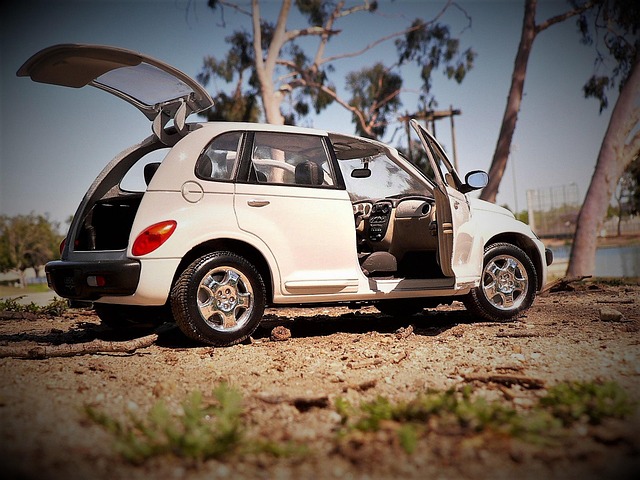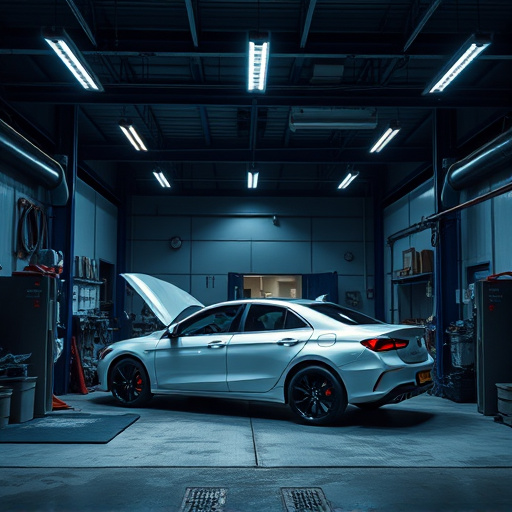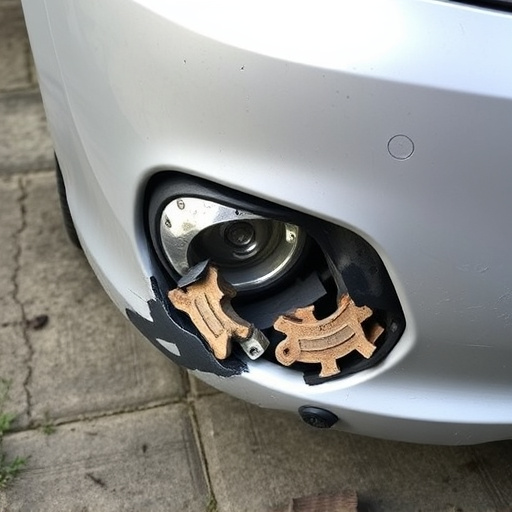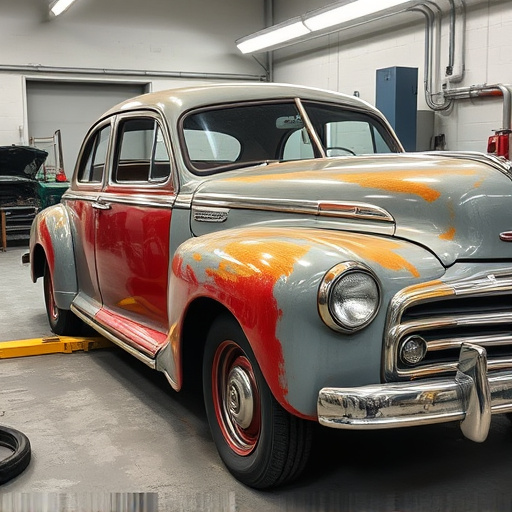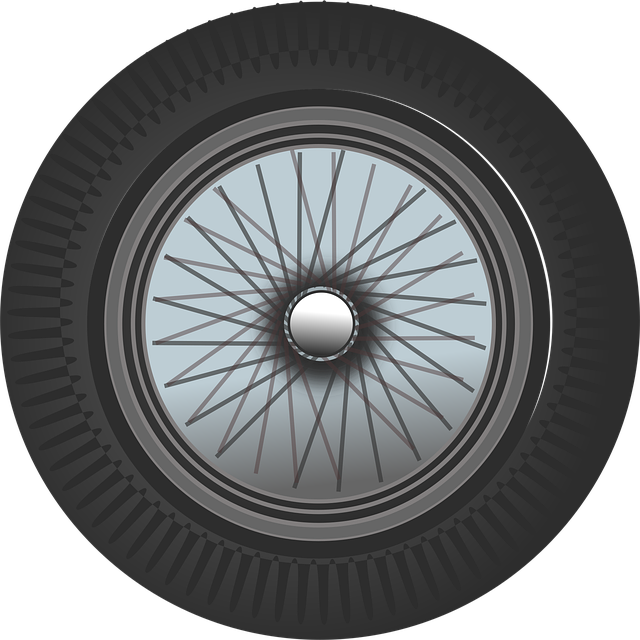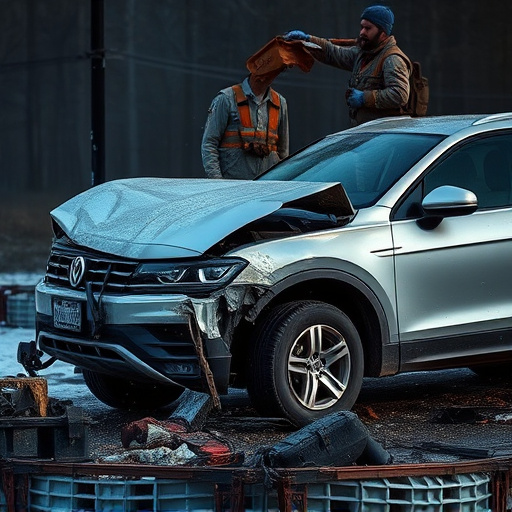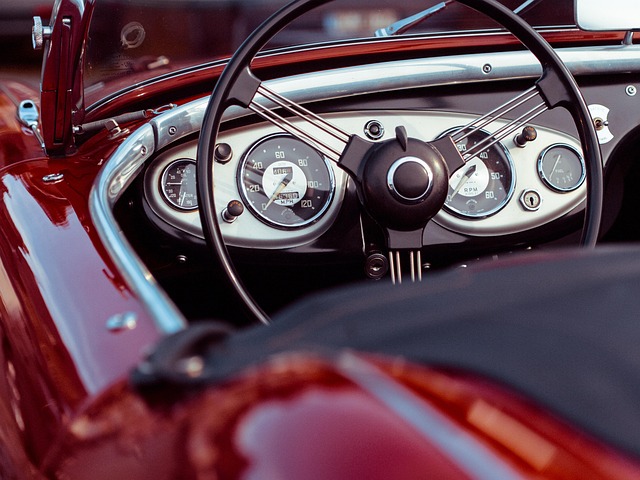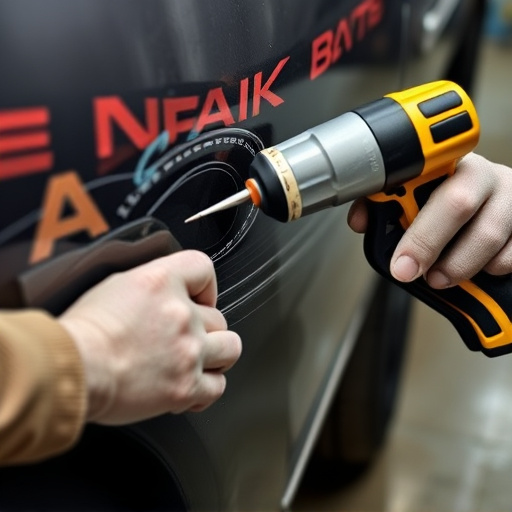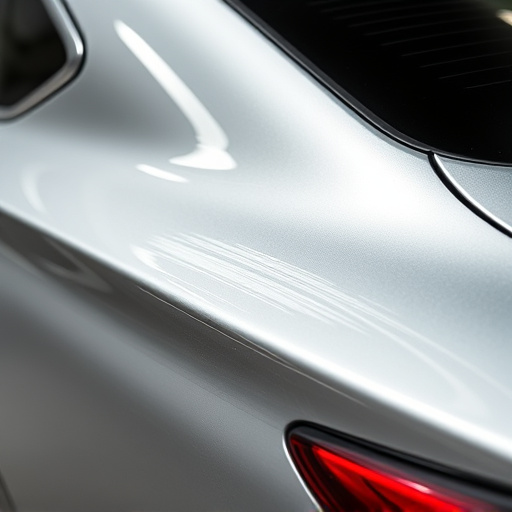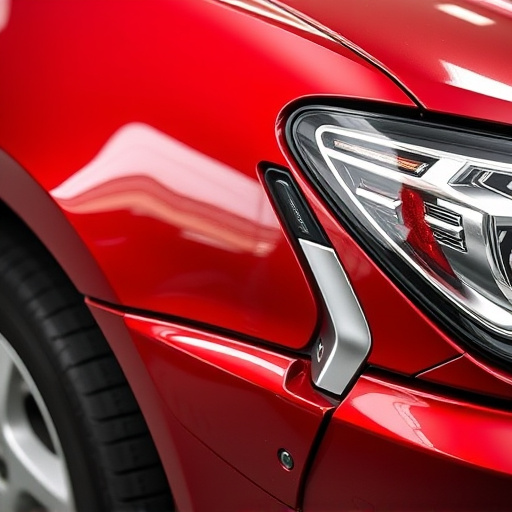After replacing Tesla's infotainment system, proper Tesla dashcam configuration is vital for maximum driver safety and vehicle protection. This involves syncing hardware, calibrating cameras, and customizing settings like recording modes and sensitivity levels via the new interface. Correct setup enhances security, aids in damage repair, and provides valuable data to improve driving habits by offering detailed footage of critical driving moments.
After replacing Tesla’s infotainment system, understanding and configuring the integrated dashcam becomes crucial. This step-by-step guide delves into the process, ensuring your vehicle’s forward and rear cameras are optimally set up. We’ll walk you through understanding Tesla’s dashcam system, the post-replacement setup process, and customizing your settings for enhanced safety and peace of mind. By following these steps, you’ll ensure your Tesla is equipped with the best possible surveillance.
- Understanding Tesla's Dashcam System
- Post-Replacement Infotainment Setup Process
- Customizing Your Dashcam Settings
Understanding Tesla's Dashcam System

Tesla’s dashcam system is a sophisticated network of cameras designed to capture and record driving conditions in real-time. It serves as both a safety feature, aiding in accident prevention and reconstruction, and a data logging tool for understanding vehicle performance. The system typically comprises front, rear, and sometimes side cameras, all feeding into a central processing unit (CPU) that integrates the footage into a cohesive view.
Upon replacing Tesla’s infotainment system, proper Tesla dashcam configuration is crucial to ensure this vital safety feature functions optimally. This involves syncing the new infotainment hardware with the vehicle’s software, calibrating the cameras for accurate positioning and field of view, and ensuring seamless data transfer between the CPU and external storage devices for secure incident preservation. Proper configuration not only ensures the dashcam’s effectiveness in the event of a car damage repair or automotive collision repair but also empowers drivers with valuable data for improving their driving habits and enhancing overall safety on the road.
Post-Replacement Infotainment Setup Process
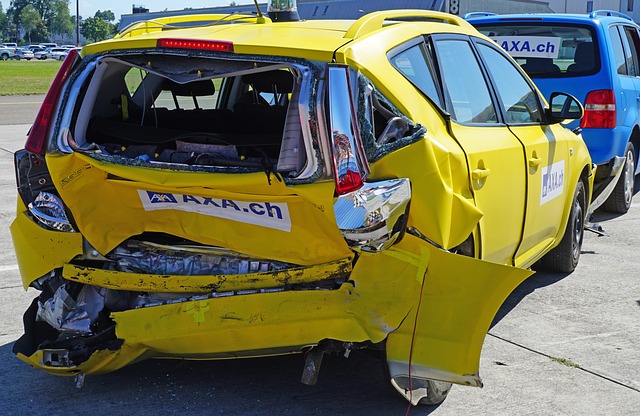
After replacing Tesla’s infotainment system, the process of configuring the dashcam becomes a crucial step to ensure optimal vehicle security and peace of mind. The initial step involves accessing the car’s settings menu, where users can navigate to find the dedicated camera options. This is where you’ll customize the dashboard camera’s functionality according to your preferences. You might opt for different recording modes, adjust sensitivity levels, and set up specific triggers for recording, all within the new infotainment system’s interface.
The post-replacement setup process offers a seamless experience, allowing drivers to take control of their vehicle’s security. It’s during this configuration that you decide on the camera’s field of view, resolution settings, and even integrate it with other vehicle systems for advanced driving assistance. Moreover, ensuring proper installation and alignment of the dashcam is vital, aligning perfectly with the car bodywork services required for a seamless fit within the vehicle’s interior design, much like how expert car paint services enhance the vehicle’s aesthetic appeal.
Customizing Your Dashcam Settings

After replacing your Tesla’s infotainment system, customizing your dashcam settings is a crucial step to ensure optimal visibility and recording quality. The Tesla dashcam configuration allows you to tailor various parameters to suit your driving needs and preferences. You can adjust resolution, frame rate, and even set up specific triggers for when the camera should record, such as during sharp cornering or sudden braking events. This customization is more than just aesthetics; it enhances safety by providing detailed footage in case of a collision repair or car dent repair scenario.
Think of your dashcam as an extra pair of eyes on the road. By configuring it to your liking, you can capture critical moments, ensuring that any issues, whether minor scuffs and dents or more significant collisions, are well-documented. This not only aids in insurance claims but also serves as a valuable tool for learning and improving your driving habits.
